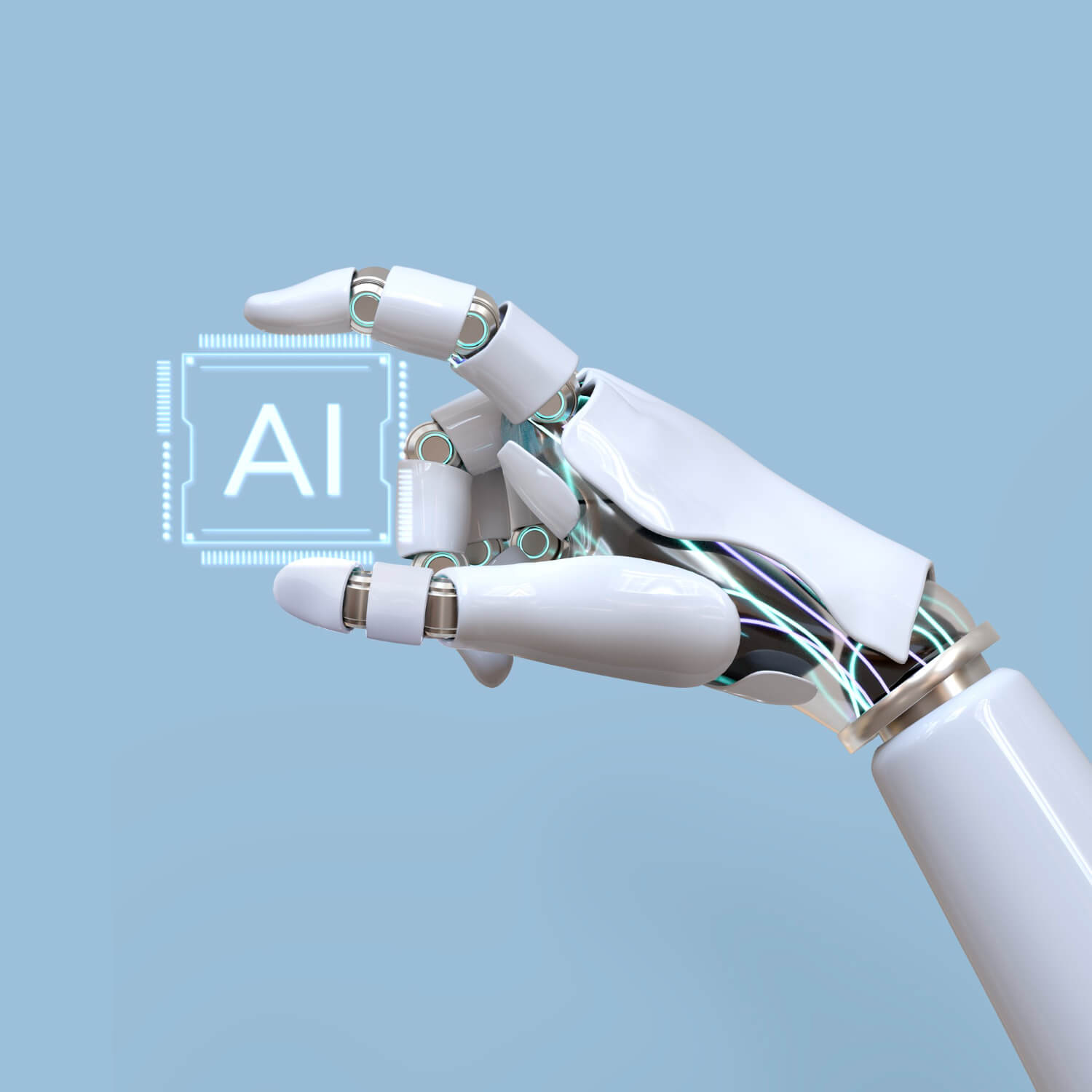Business leaders across Africa are noticing a troubling pattern: competitors’ AI solutions consistently deliver better customer experiences than their own implementations. These business leaders feel but rarely admit: “Our AI assistant feels clunky compared to what our competitors offer.”
This isn’t just about technology; it’s about market position. When customers experience your AI, they’re not comparing it to yesterday’s tools; they’re comparing it to what your competitors deliver today.
This position directly impacts customer retention and revenue.
Bigger models don’t automatically mean better results. Let’s explain why your competitors’ AI might be outperforming yours, and what you can do about it.
Quality Over Quantity
Many companies chase the largest available models without realizing that data quality and relevance beat model size every time. I recently analyzed two banking chatbots side-by-side.
One used a massive generic model; the other a smaller model fine-tuned specifically on banking terminology, customer service transcripts, and financial regulations.
The fine-tuned model consistently provided clearer, more accurate responses. Why? Because it had learned the precise language of banking, no guessing, no made-up answers.
When a customer asked about IFRS 9 compliance, the specialized model provided correct guidance, while the generic one fabricated regulatory details.
This is where proprietary data advantage AI comes into play. Your internal documents, customer interactions, and industry-specific knowledge are gold—if properly prepared.
The best teams curate, clean, and structure their domain data before fine-tuning, ensuring the model speaks your business language flawlessly.
Also read, The Domain Knowledge Gap: Why Your AI Needs Fine-Tuning
Personality Matters More Than You Think
“Smarter” AI often just means “more appropriate.” I watched a Kenyan e-commerce company transform its customer service by focusing on instruction tuning and persona alignment.
Instead of training their assistant on random internet text, they used real customer service transcripts showing exactly how agents should respond to common issues.
The result? An AI that knew when to be brief, when to offer detailed explanations, and how to escalate issues properly, just like their top human agents.
Meanwhile, their competitor’s generic assistant kept giving overly technical responses to simple questions, frustrating customers.
This is the difference between a Generic LLM vs a Fine-Tuned Model. The fine-tuned version understands your brand voice, your customer expectations, and your compliance requirements, making every interaction feel familiar and trustworthy.
Thinking in Steps, Not Just Words
The biggest frustration with many AI systems? They can’t handle multi-step tasks. Imagine an insurance underwriting process that requires gathering information, applying rules, and making recommendations. Generic models often lose context between steps or contradict themselves.
Competitors who succeed create an AI model fine-tuning strategy that teaches the system to think in sequences.
For instance, a South African insurer fine-tune their model to first extract key facts from applications, then apply specific underwriting rules, and finally generate recommendations—all while maintaining consistent context.
This approach to how to improve LLM performance transforms AI from a simple question-answering tool into a reliable workflow partner that handles complex business processes without errors.
Never Stopping Improvement
The best AI systems aren’t built once and forgotten. They improve constantly. Top performers run regular evaluations, gather human feedback, and retrain their models—sometimes weekly.
Another instance where a Nigerian fintech company I worked with implemented a simple system: every time their AI made a mistake, that interaction was added to their training data. Within three months, error rates dropped significantly while response quality rose.
They also optimized for cost by using smaller models for routine queries and reserving larger models only when needed.
This continuous improvement cycle creates a sustainable AI model competitive advantage that grows wider over time.
The Bottom Line
You think competitors have some special AI advantage. Truth is, it’s not about secret tech – it’s about taking generic AI and making it actually understand their business.
The good part? This lead won’t last. With the right customization using your own business data and rules, you can build something that doesn’t just keep up, it leaves others behind.
Funny how it works: we spend so much time debating whether we can afford to fine-tune our AI, while competitors are already doing it. Maybe the real cost is staying stuck with what’s “good enough.”




